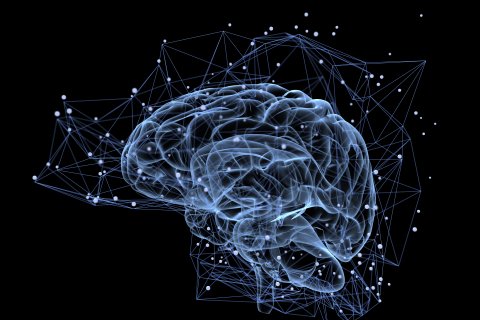Our brainwaves show how much we like each other

A team of neuroscientists conducted a classroom study involving a group of pupils wearing EEG headsets. What has it revealed? The synchronisation of those pupils’ brain waves shows how much they like the subject and how much they like each other. Suzanne Dikker, affiliated with Utrecht University and New York University, is part of the team. ‘How well our brainwaves sync up with those of another person appears to be a good predictor of how well we get along.’ Dikker is the lead author of the article in Current Biology which contains the results of the study.
The scientists used a new method to measure brain activity. Brain studies are typically conducted in a laboratory, usually involving one person, or no more than two simultaneously. This team carried out group measurements in a natural environment: a high school class. Over the course of one semester, the brain activity of a group of twelve pupils and their teacher was measured in eleven sessions. The activity was measured during biology classes during which the pupils wore EEG headsets.
The researchers compared the pupils’ EEG measurements and then examined the factors which might help to explain the synchronised brain activity. In addition to the EEG measurement, the pupils were given questionnaires asking them, among other things, to rate the different teaching styles and to describe their day-to-day concentration levels.
On the same wavelength
The results showed a positive correlation between the ratings of the subject and the teacher and the brain synchrony with classmates. In other words, the more the pupils are on the same wavelength, the more favourable the rating they give to the subject and to the teacher’s teaching style.
The researchers also examined whether greater brain synchrony is an indication of how pupils rate each other. Pupils were asked to indicate how close a personal connection they felt they had with their classmates. It turns out that pupils with a closer personal connection displayed more synchronous brain activity, but only if they had interacted before the class started. It also turns out that a higher rating of group activities leads to higher synchrony with classmates.
This study was funded by the Netherlands Organisation for Scientific Research (NWO) and the American National Science Foundation.
About Suzanne Dikker
As a linguist, Dr Suzanne Dikker combines cognitive neuroscience, education and performance art in order to research the neurological basis of human social interaction. For her research project (NWO VENI [Innovational Research Incentives Scheme] grant) Dikker records brain waves using portable EEG headsets to find out which brain mechanisms are crucial to successful communication. Dikker is a researcher affiliated with Utrecht University and New York University. She is also curator of the Annual Art & Science: Insights Into Consciousness Workshop and is developing interactive art/brain installations together with Matthias Oostrik.

